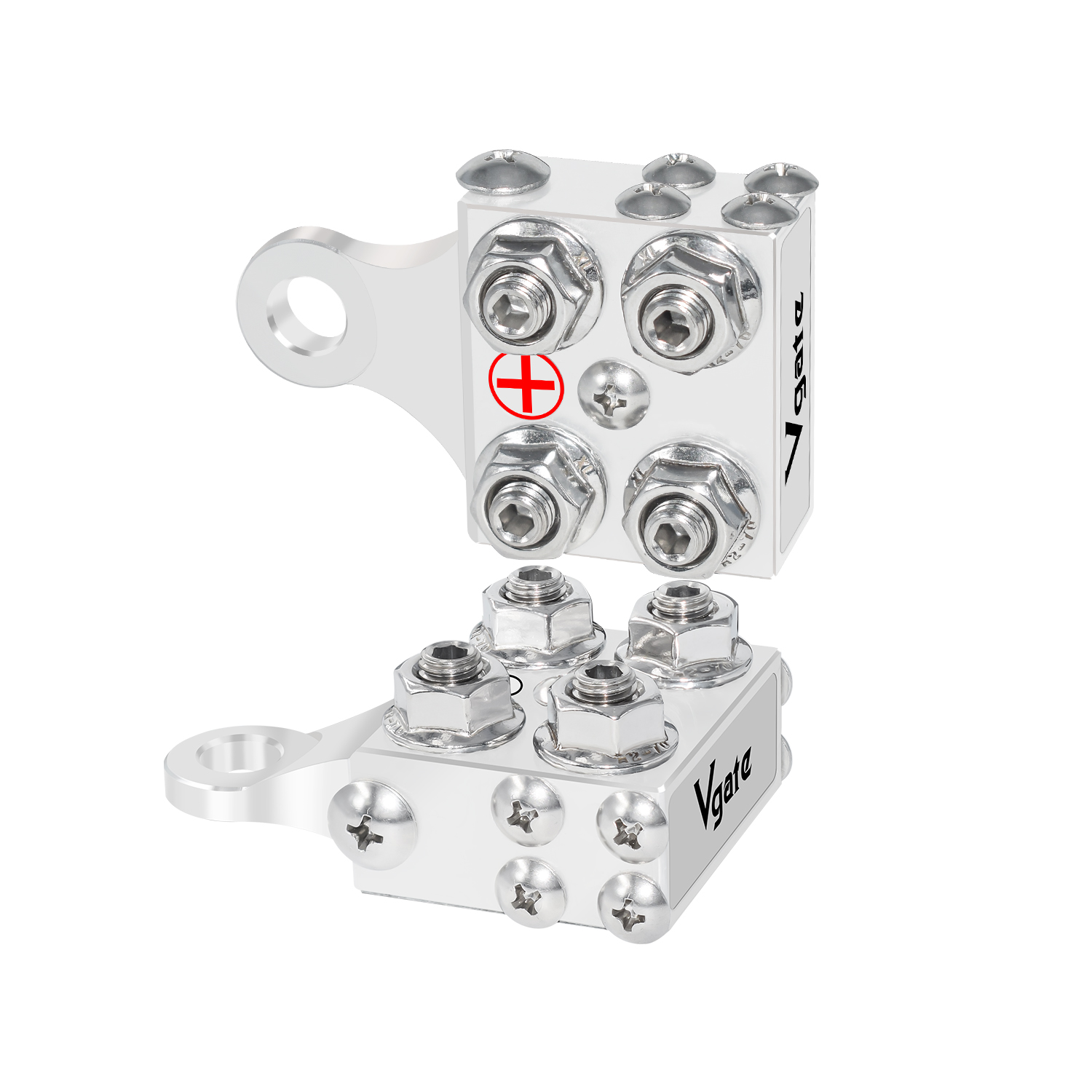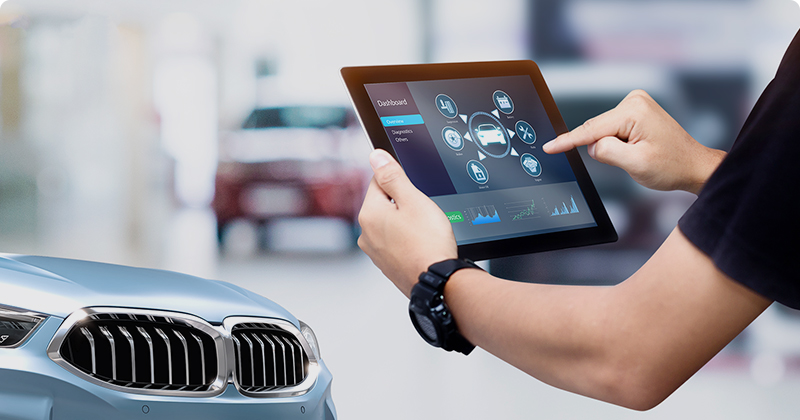OBD II: the intelligent assistant for the automotive sector
As technology continues to advance, the car is no longer just a simple means of transport, but has become an intelligent mobile device. Among them, OBD II (On-Board Diagnostics II) is emerging as the standard for automotive diagnostic systems. This article will introduce the basics, features and benefits of OBD II and discuss its impact on the driver.
1. Basic knowledge of OBD II OBD II is an automotive diagnostic system used to monitor and report on the performance status of a vehicle. It communicates with the vehicle's electronic control unit (ECU) through a diagnostic interface on the vehicle to collect and analyse diagnostic data from the vehicle.The OBD II standard specifies requirements for the physical connection of the diagnostic interface, data format and diagnostic codes, making it possible to use the same diagnostic tools for different makes and models of vehicles.
2. Functions of OBD II The OBD II system can monitor and report various performance parameters of the vehicle, including engine status, fuel system, emission control system, vehicle speed, RPM, etc. When a vehicle malfunction or abnormality occurs, the OBD II system generates the appropriate fault codes, which can be read and parsed by the diagnostic tool to help the mechanic or driver quickly locate and fix the problem.
3. Advantages of OBD II (1) Fault diagnosis: The OBD II system can monitor the performance of the vehicle in real time and report fault information in a timely manner. This makes fault diagnosis faster and more accurate, improving repair efficiency.
(2) Save maintenance costs: With the OBD II system, the driver can obtain fault codes and related information about the vehicle, which can be used to determine whether the vehicle needs to be sent for immediate repair or can be fixed on its own. This can avoid unnecessary repair costs.
(3) Environmental awareness: The OBD II system can monitor the vehicle's emissions and detect and fix faults in the emissions system in time to reduce the vehicle's pollution to the environment.
(4) Driving safety: The OBD II system can monitor the driving behaviour of the vehicle, such as speed and RPM, and improve driving safety by alerting or reminding the driver of the situation.
4. Impact of OBD II on drivers and the automotive industry The popular application of OBD II makes drivers more aware of their vehicles and able to deal with vehicle faults in a timely manner. At the same time, the OBD II system can provide more business opportunities for the automotive repair industry and promote the development and progress of the industry. In addition, OBD II also provides a standardised interface for vehicle manufacturers to facilitate the development and updating of systems.
As an intelligent assistant in the automotive field, the OBD II system plays an important role in fault diagnosis, saving maintenance costs, environmental awareness and driving safety. Its popular application not only enhances the driver's experience of using the car, but also promotes the development of the whole automotive industry.































































